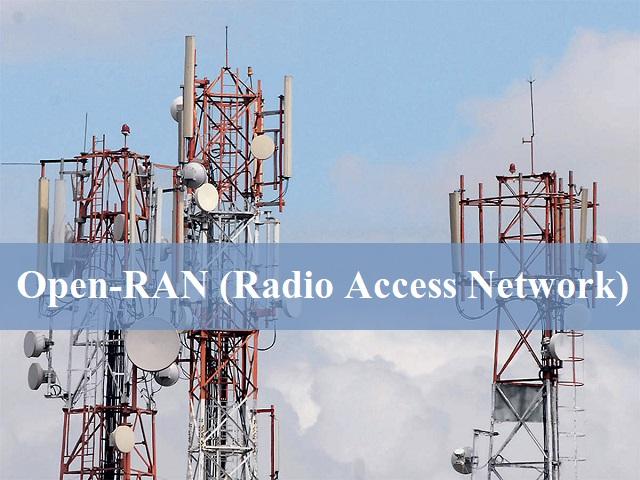Open RAN vs. Traditional RAN: Key Differences and Benefits

The goal of the groundbreaking Open Radio Access Network (Open RAN) technology in telecommunications is to revolutionize the infrastructure of conventional mobile networks. In order to facilitate the development and operation of Radio Access Networks (RANs), which are essential parts of cellular networks that link mobile devices to the core network, this novel approach aims to encourage transparency, interoperability, and flexibility.
The proprietary nature of traditional Open Radio Access Network systems, which have hardware and software components from many suppliers running in separate silos, is a common characteristic. High expenses, little flexibility, and vendor lock-in — where operators are restricted to the environment of a single vendor — can result from this. By promoting open standards and interfaces that enable greater interoperability across components from various providers, Open RAN aims to overcome these issues.
The separation of hardware and software is one of the fundamental tenets of Open radio access network architecture. Because of the close integration between the hardware and software in classic Radio access netwokrt systems, it is challenging to mix and match components from various suppliers. Conversely, open RAN allows operators to select best-of-breed solutions for each tier by separating the hardware and software layers. This modular strategy promotes a more varied and competitive market, which may save expenses and speed up innovation.
Several essential technologies and standards form the foundation of Open RAN. The Open RAN Alliance, a global project to establish and promote open standards for RAN components, is one of the fundamental components. The alliance has specified a number of things, such as the use of virtualization technologies, uniform administration and orchestration of network tasks, and open interfaces amongst various network parts.
An further crucial component of Open Radio Access Network is virtualization. Open radio access network facilitates the deployment of network functions as software instances operating on generic hardware by utilizing technologies like Software-Defined Networking (SDN) and Network Functions Virtualization (NFV). In addition to lowering the need for specialized hardware, virtualization increases the network’s scalability and flexibility, enabling operators to deploy and manage resources more effectively.
Open Radio Access Network has several advantages. Because there is more competition among vendors and there is less reliance on pricey proprietary equipment, operators may be able to save money. Furthermore, as new technologies and solutions may be more readily integrated into the network, Open RAN’s open nature encourages innovation. This may result in the quicker rollout of new products and services, which will eventually improve the user experience.
Open Radio Access Network offers better network coverage and performance for users. Open RAN’s adaptability and effectiveness may expedite the deployment of next-generation technologies, including 5G, and guarantee that networks are better prepared to manage the escalating demands for connection and data.
To sum up, the Open Radio Access Network is a major step toward constructing and operating cellular networks in a way that is more flexible, open, and economical. Open RAN intends to stimulate innovation, save costs, and enhance network performance for the benefit of both operators and customers by adopting open standards, virtualization, and modularity.
- Art
- Causes
- Crafts
- Dance
- Drinks
- Film
- Fitness
- Food
- Games
- Gardening
- Health
- Home
- Literature
- Music
- Networking
- Other
- Party
- Religion
- Shopping
- Sports
- Theater
- Wellness
- IT, Cloud, Software and Technology


